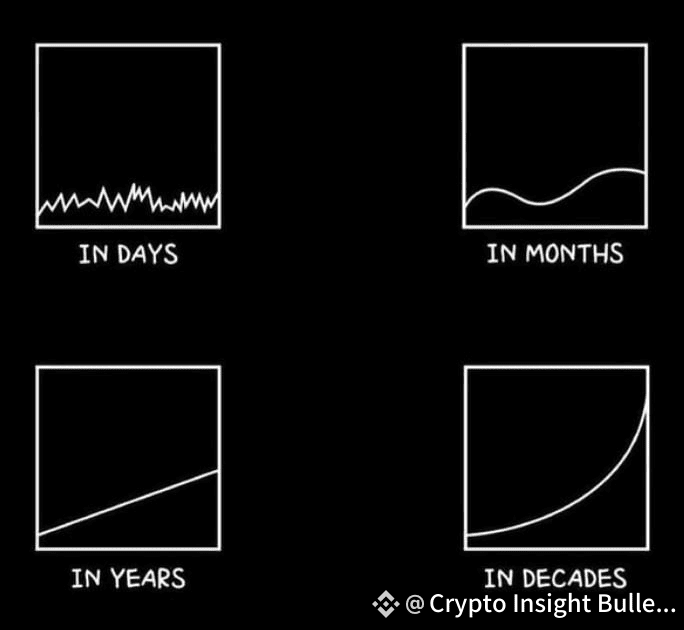Simple truths from experience — written clearly.
🟢Journaling is a long game.
You don’t journal to fix things tomorrow. You journal to gather real data. After a year, you'll know what actually works and when.
🟢Greed never disappears.
You won’t "stop being greedy". But once greed burns you hard enough, you’ll start to respect risk more.
🟢Winrate means nothing on its own.
Even 85% winrate won’t help if your losses are too big. And you can make great returns with a 30% winrate if your winners are much bigger than losers.
🟢Fixed take-profits can hold you back.
If you always exit at 2R, you might miss trades that could’ve gone 10R or 20R. Journal what happens after your exits too.
🟢Don’t compare your % to others.
"Hedge funds make 5% a year" — so what? Focus on your own data. Journal and see what % you can produce consistently.
🟢Build a verified track record.
Using tools like DarwinexZero helped me improve and opened real-life opportunities. Start early.
🟢Too small stoplosses can kill good trades.
Even with precise entries, small stops get hit often. Better to allow some breathing room.
🟢FVG (Fair Value Gaps) aren’t reliable.
I used them for years — they sound good but don’t hold up in real trading. Don’t over-rely on them.
🟢No track record = no credibility.
If a mentor doesn’t have a public Myfxbook link with profits, don’t trust them. Screenshots don’t count.
🟢Backtesting has limits.
Use it briefly to test a model, but move into live demo as soon as possible. That’s where you really learn.
🟢Use free trials from prop firms.
FTMO, Alpha Capital and others offer free trials. Try to pass a few in a row before risking money on real challenges.
🟢Statement screenshots mean nothing.
Anyone can fake a TradeZella or MT4 screenshot. Always ask for a verified link.
🟢Ignore the Robbins Cup.
It’s mostly for marketing. Real traders don’t show off competition results — they show risk-managed performance with audited drawdowns.
🟢You can’t copy conviction.
Even if you copy someone’s exact entry and exit, you won’t have their confidence to hold the trade. That part comes from your own experience.
🟢Great setups can fail. Bad ones can work.
Sometimes a trade looks perfect and still loses. Other times, an average setup can give 10R if you just hold. You never know in advance.
🟢You’ll never know the outcome.
No matter the strategy or mentor, you’ll never be 100% sure if a trade will win or lose. Uncertainty is part of the game — always.
🟢Your own data is everything.
If you’re not collecting and reviewing your stats, you’re flying blind.
🟢TP and SL should be flexible.
Set them based on the market and structure — not fixed numbers like “always 2R”.
🟢Real progress is slow and quiet.
Don’t expect to be consistent in 3 months. Real results take time, and most of the work happens off-screen.
🟢Risk should match experience.
Don’t risk like a pro if you’re still learning. Lower size, focus on execution and data, then scale up.
🟢Consistency beats hype.
You don’t need perfect trades or flashy PnLs. You need to be calm, repeatable, and data-driven.
You can’t skip the work. If you’re serious about trading, build your own data, stay consistent, and let time do its job.

